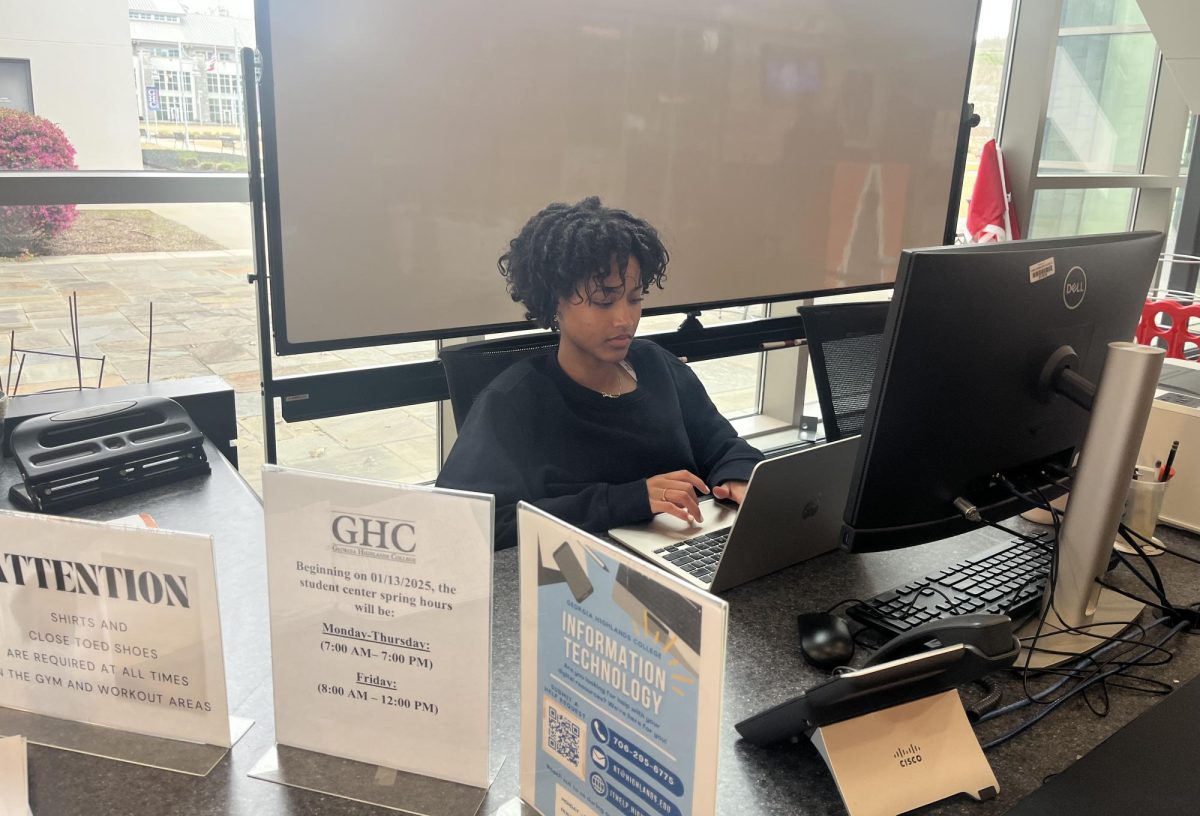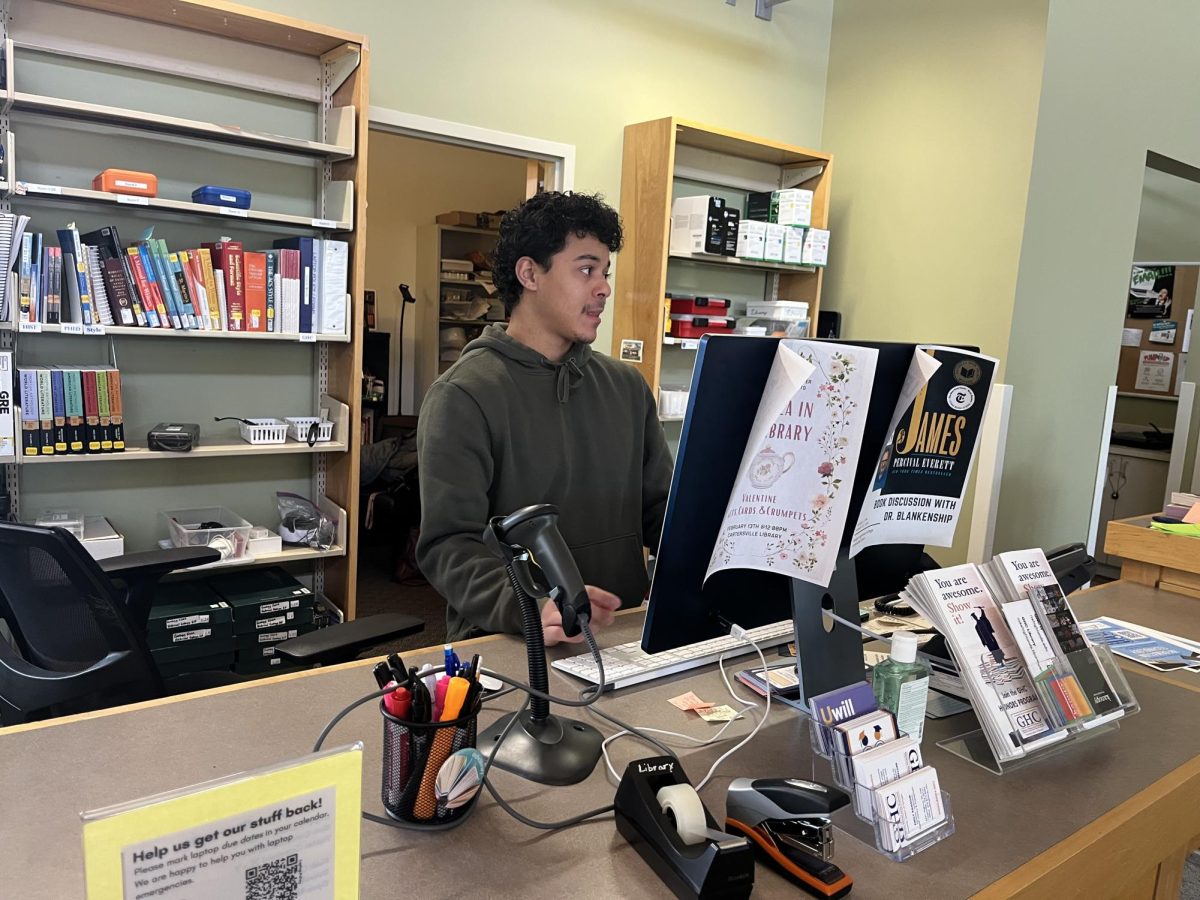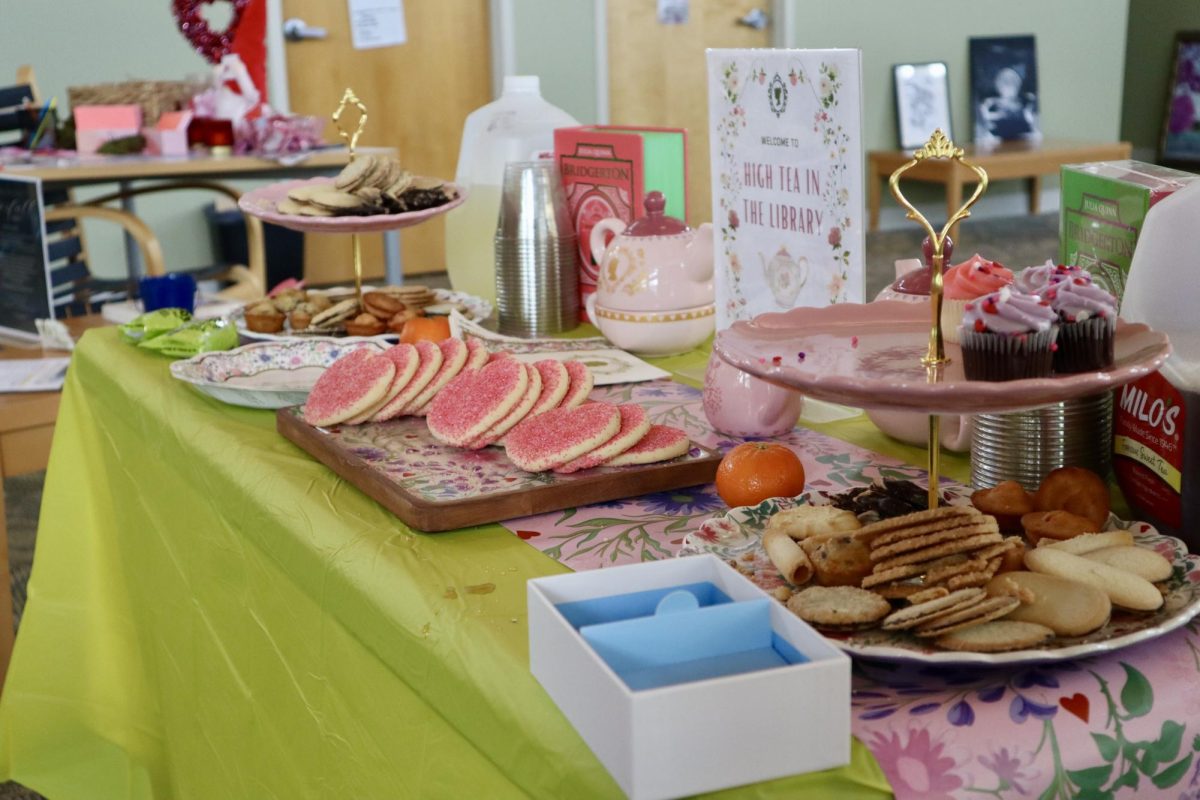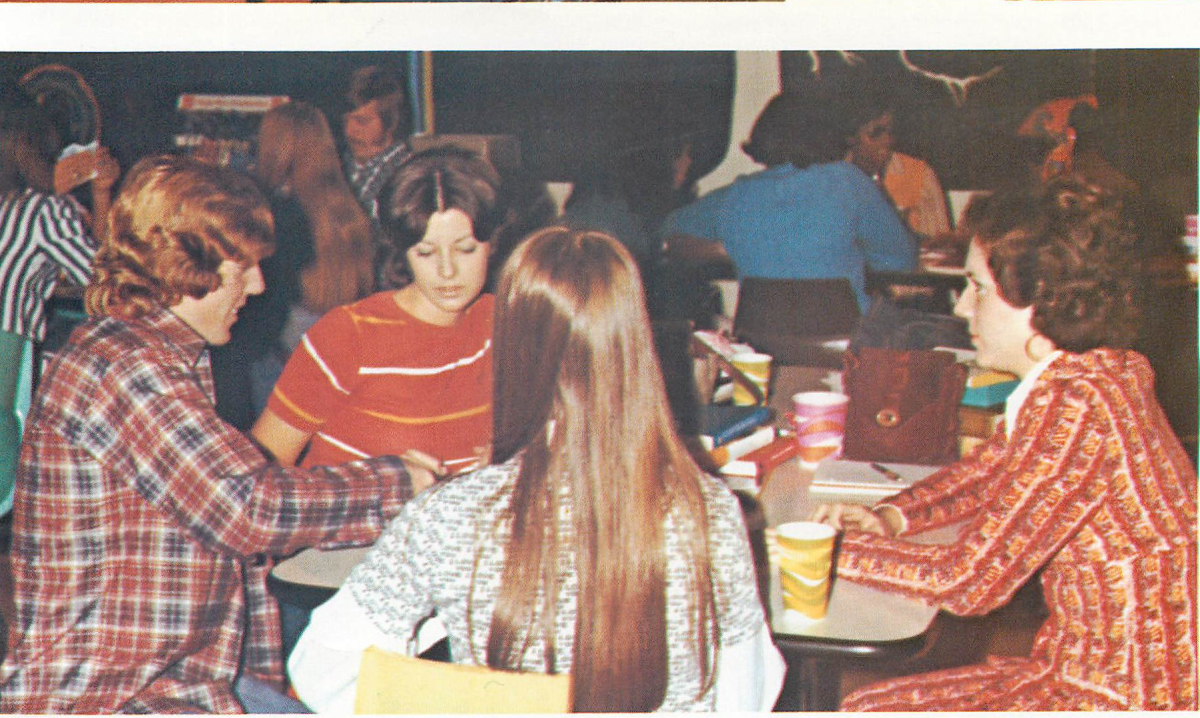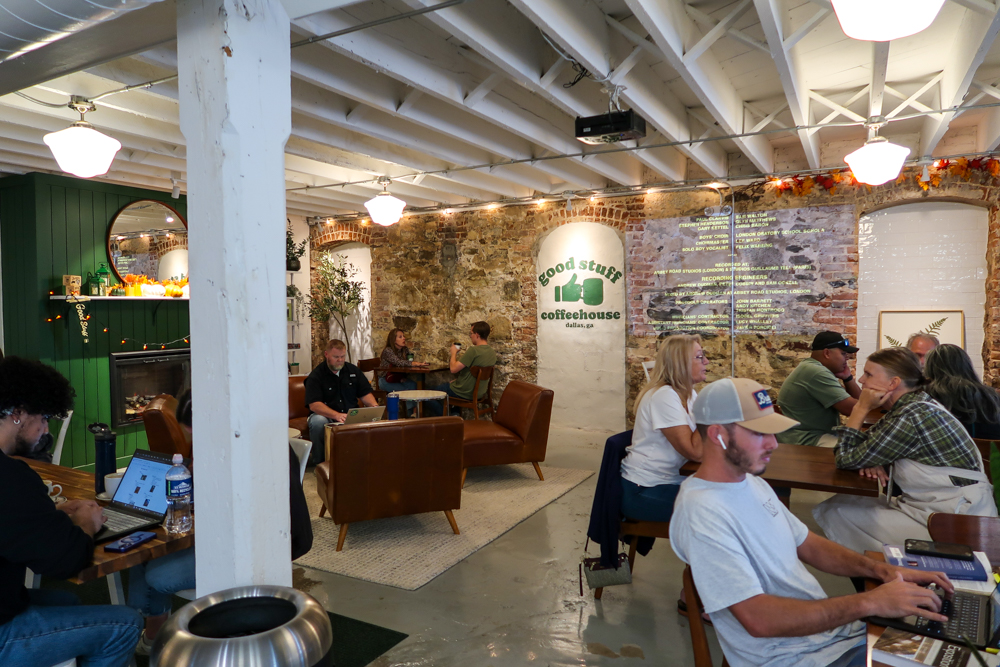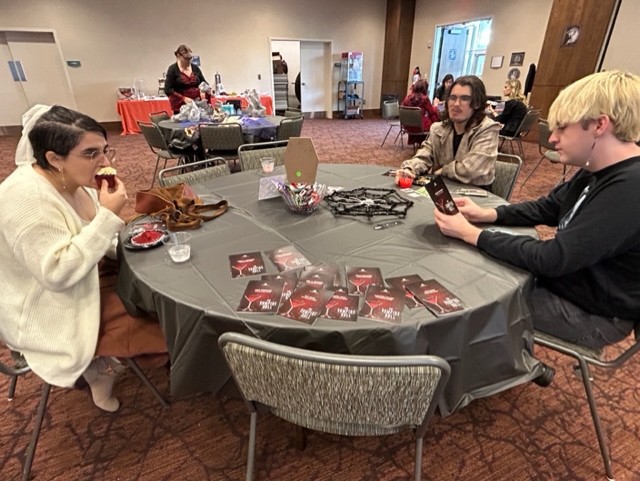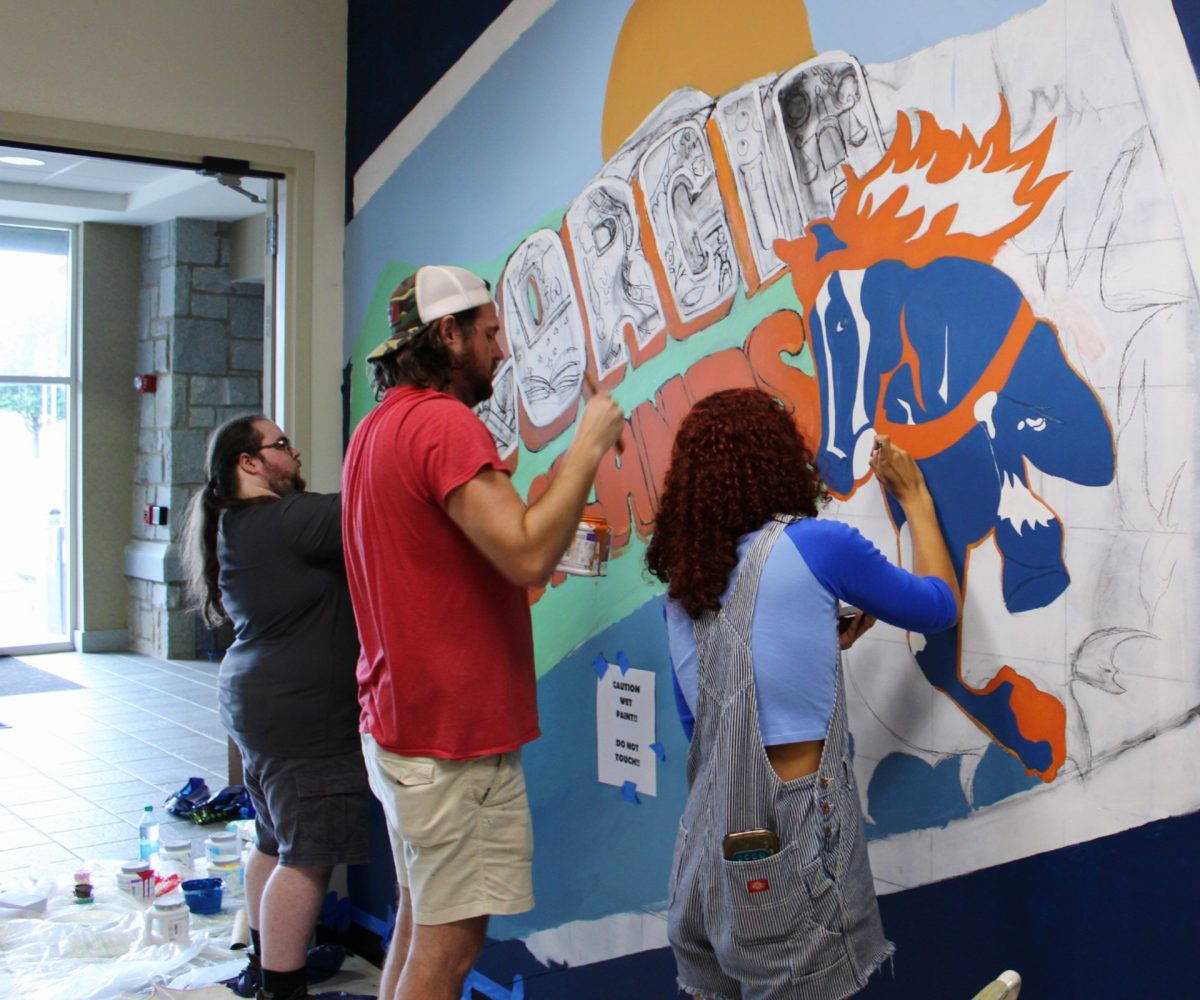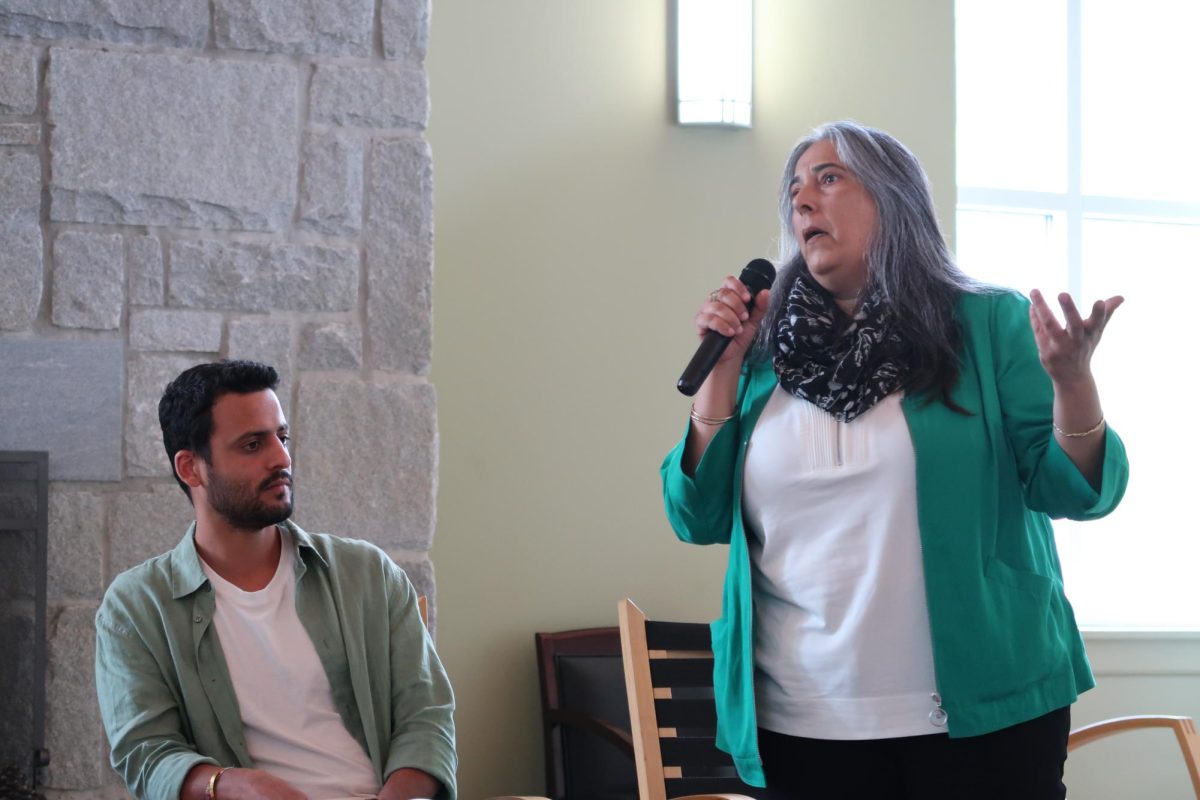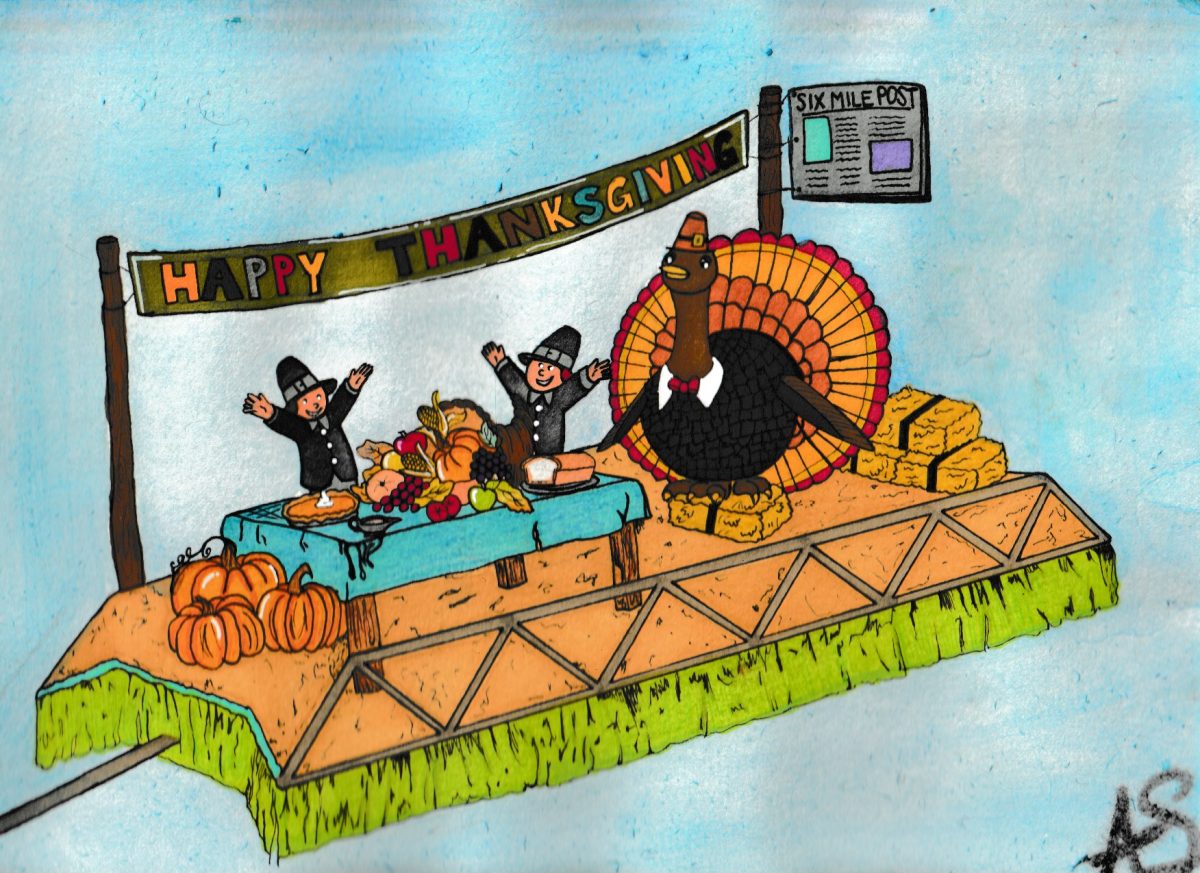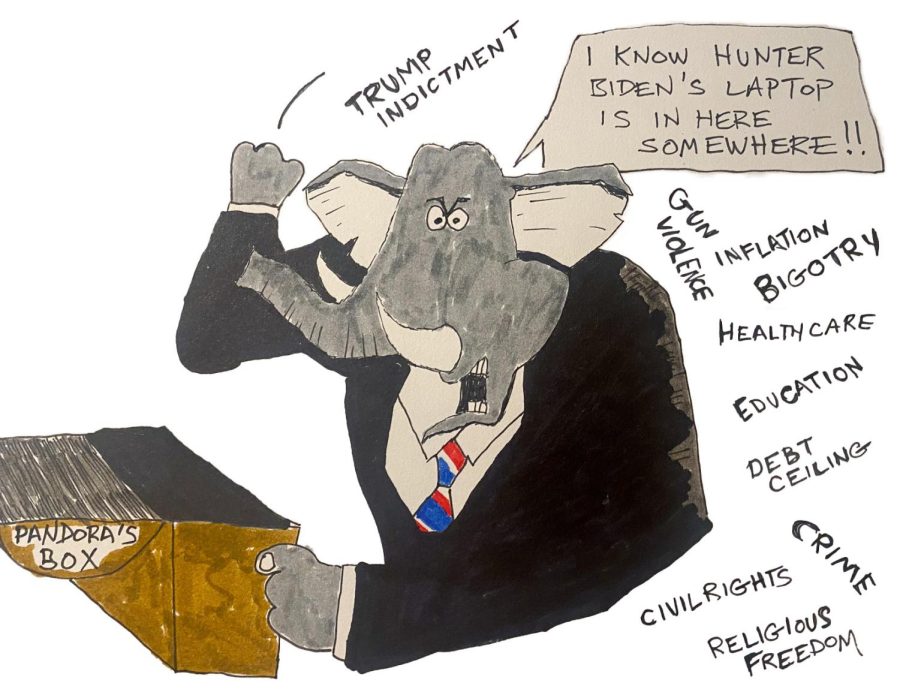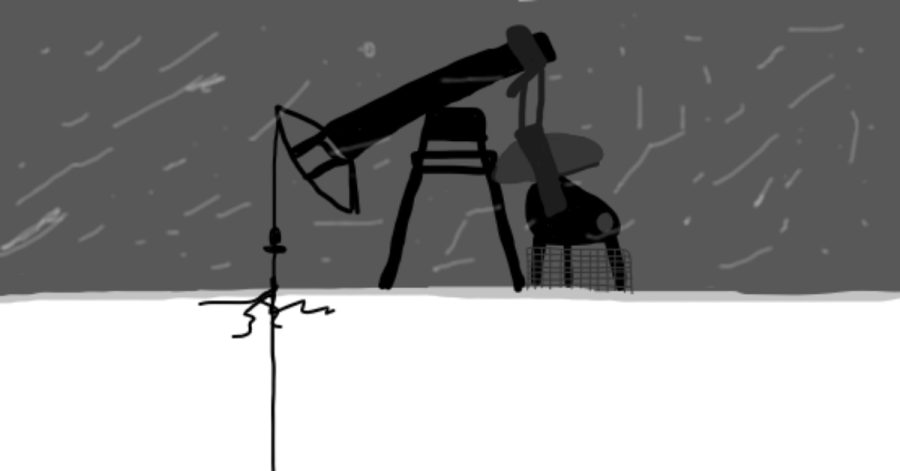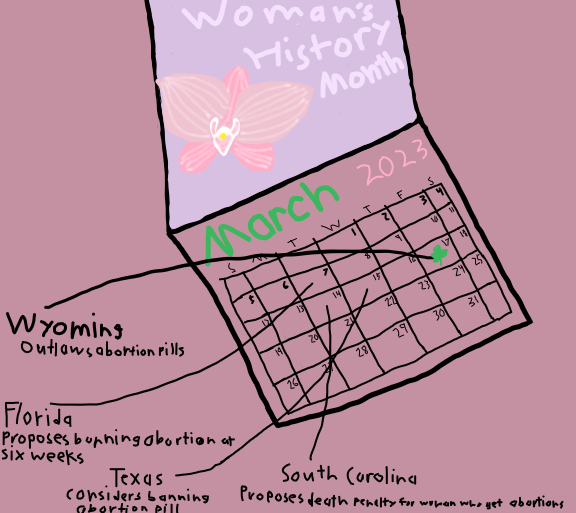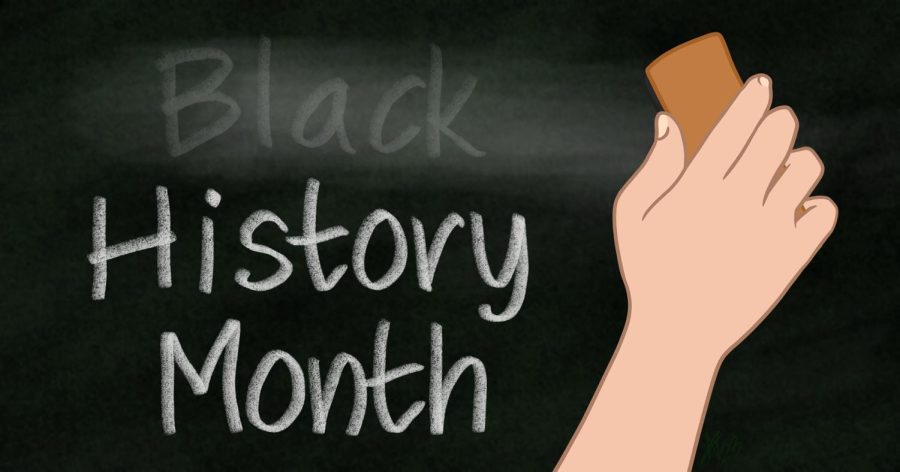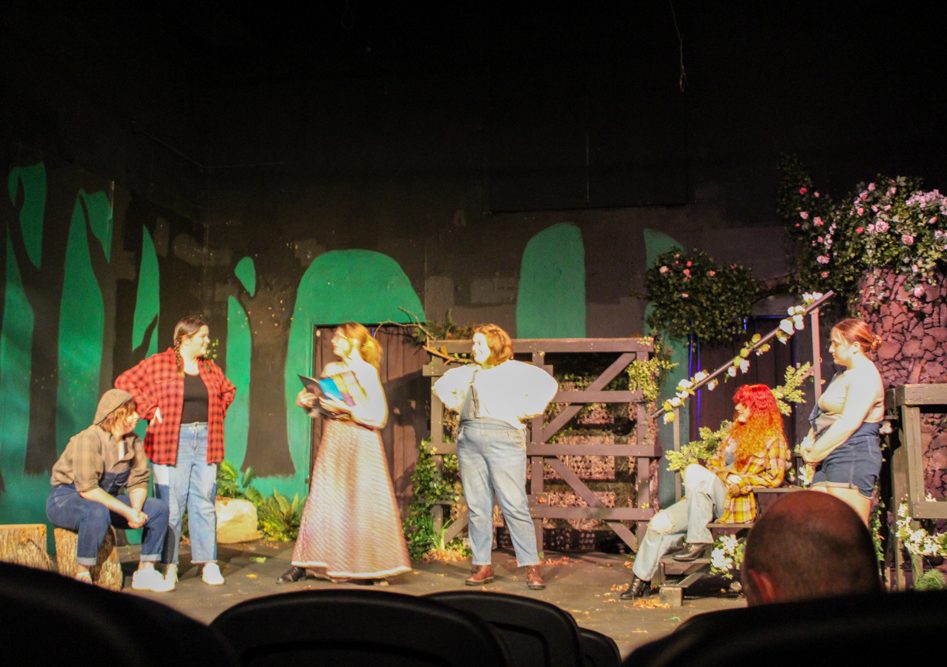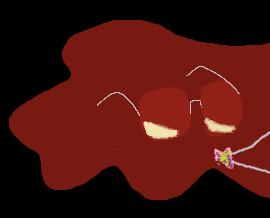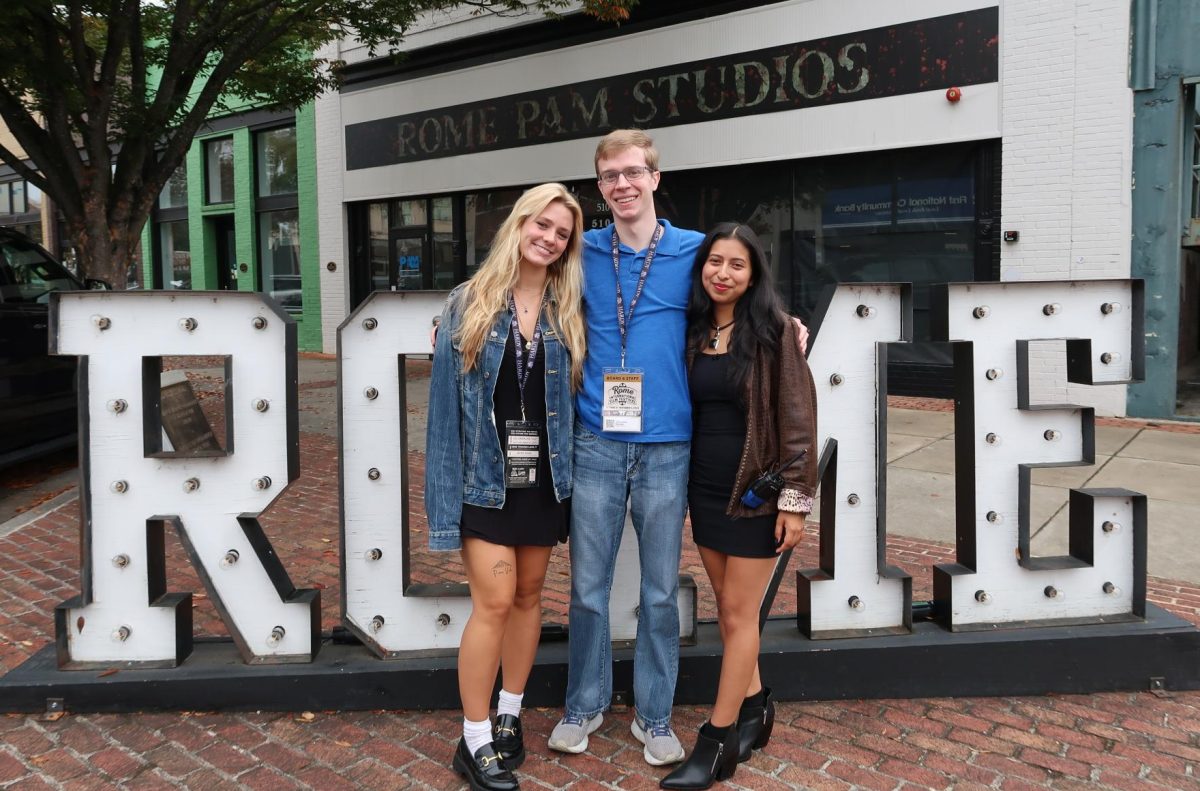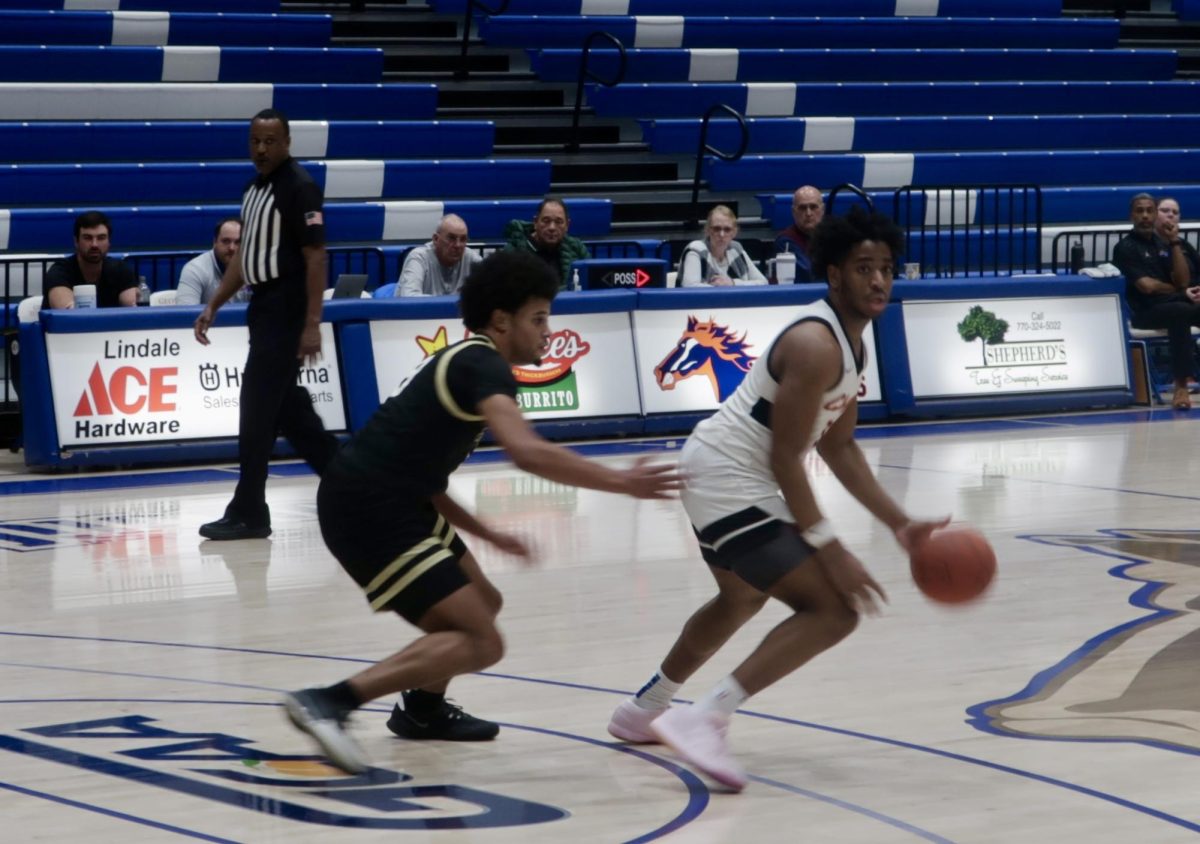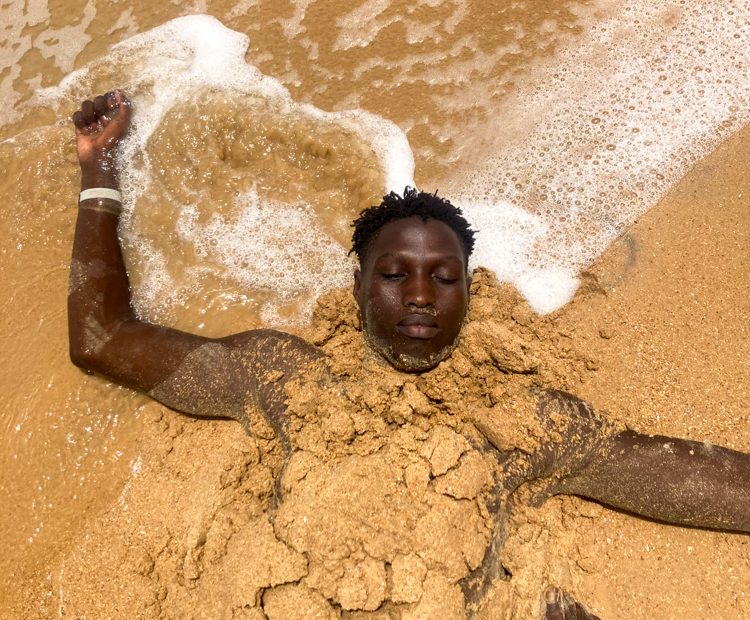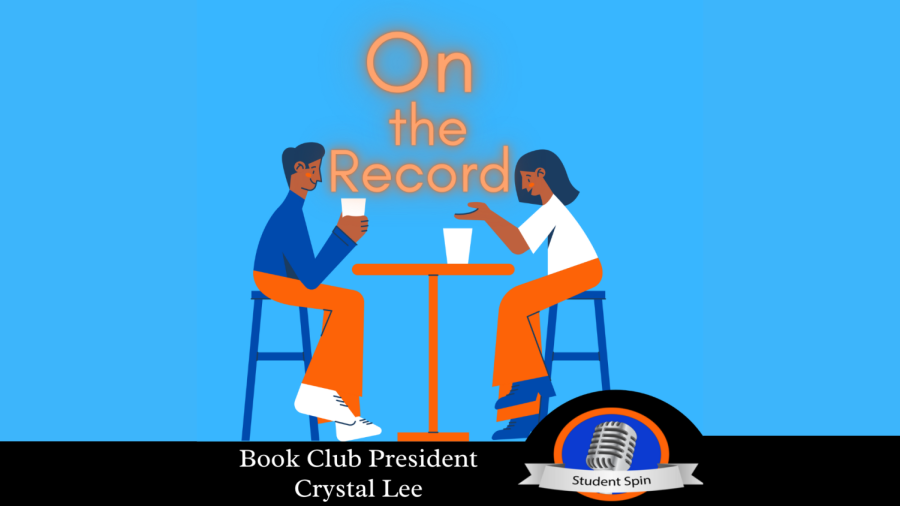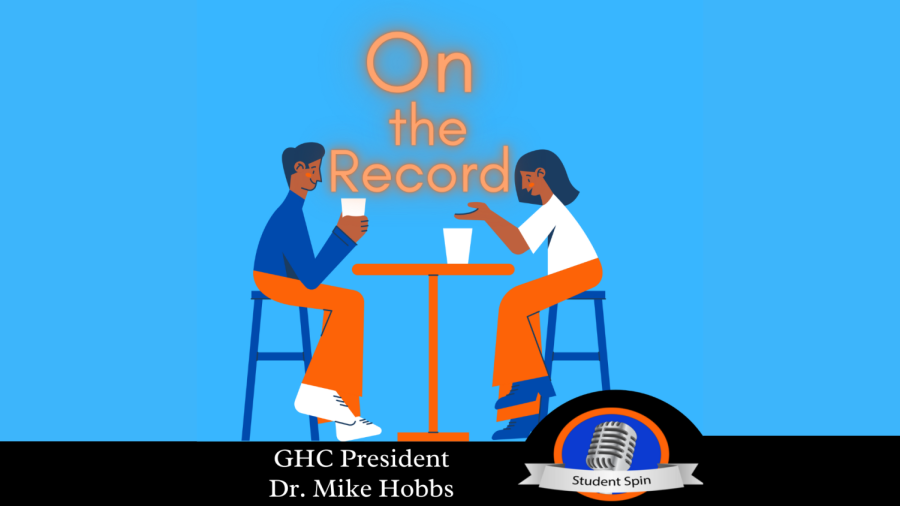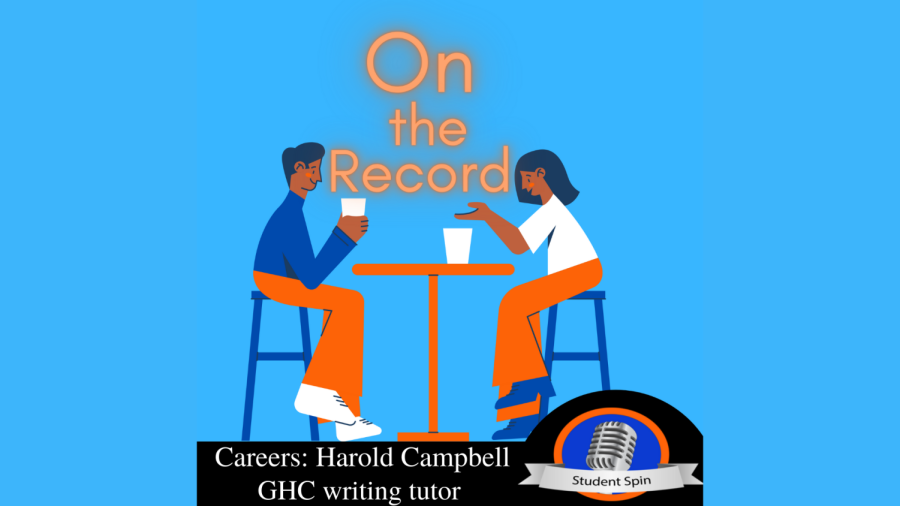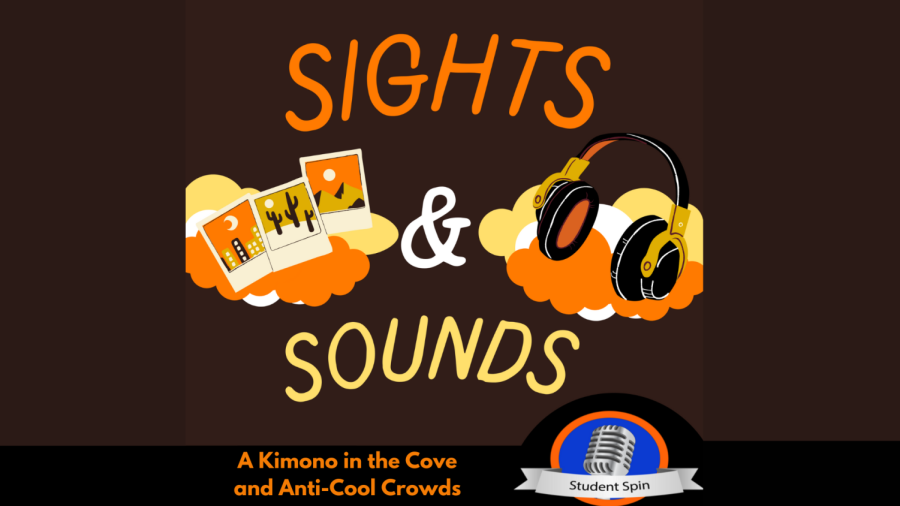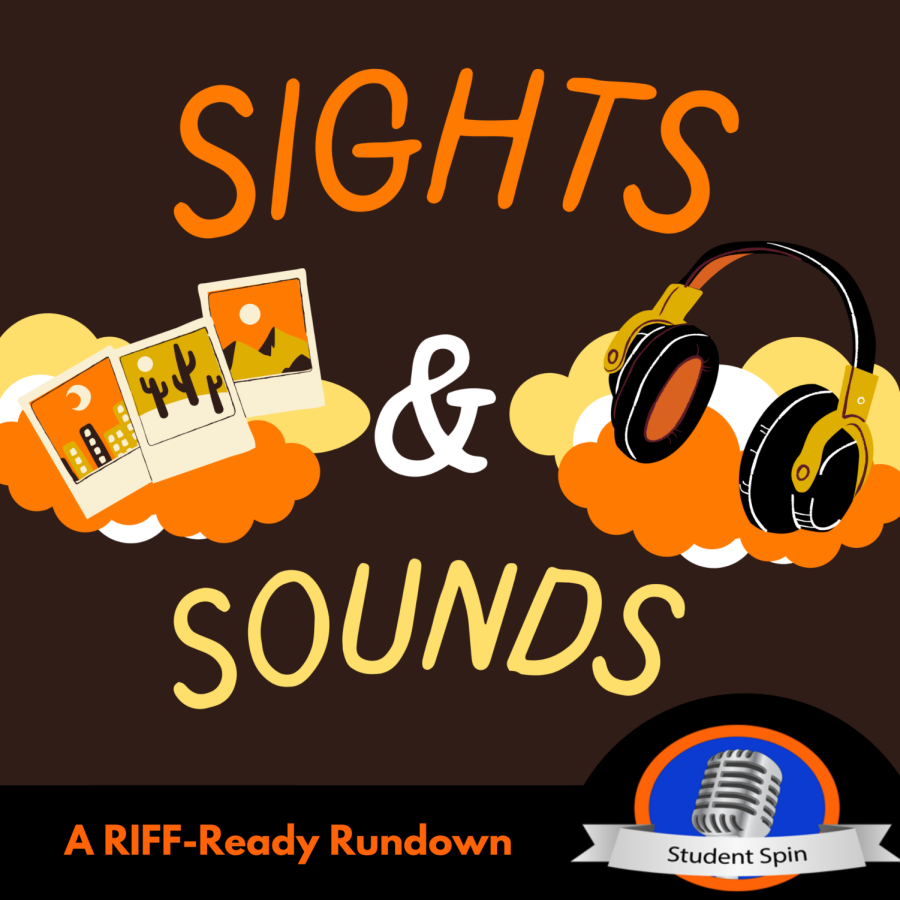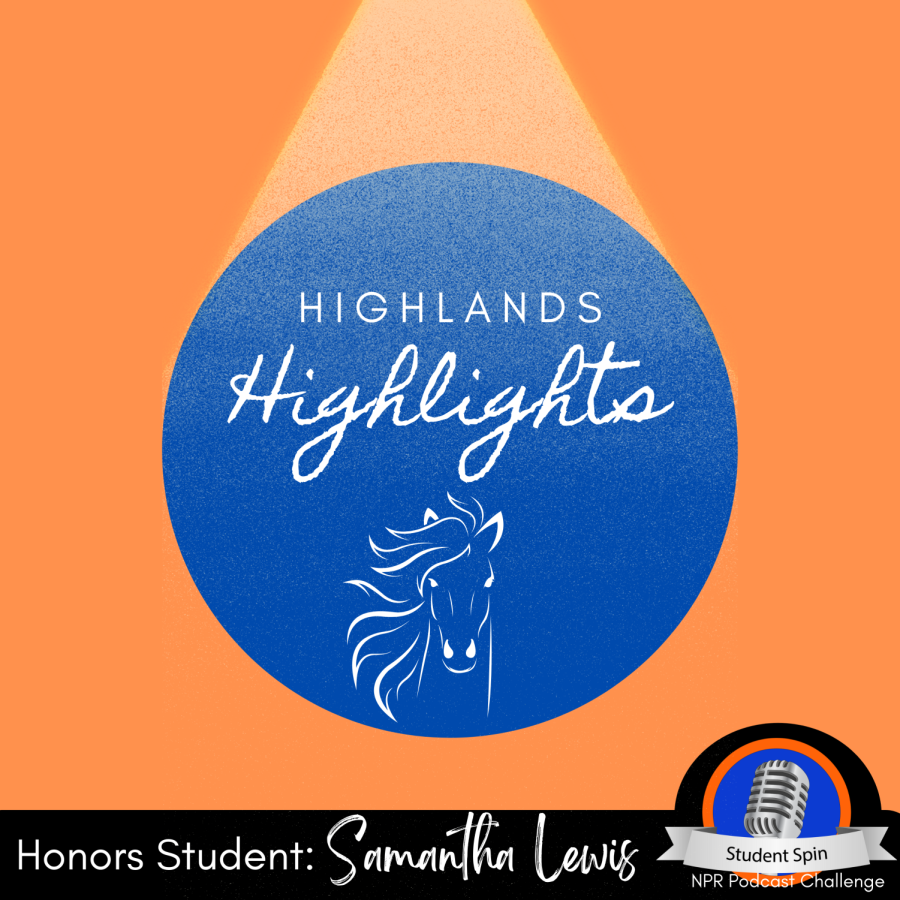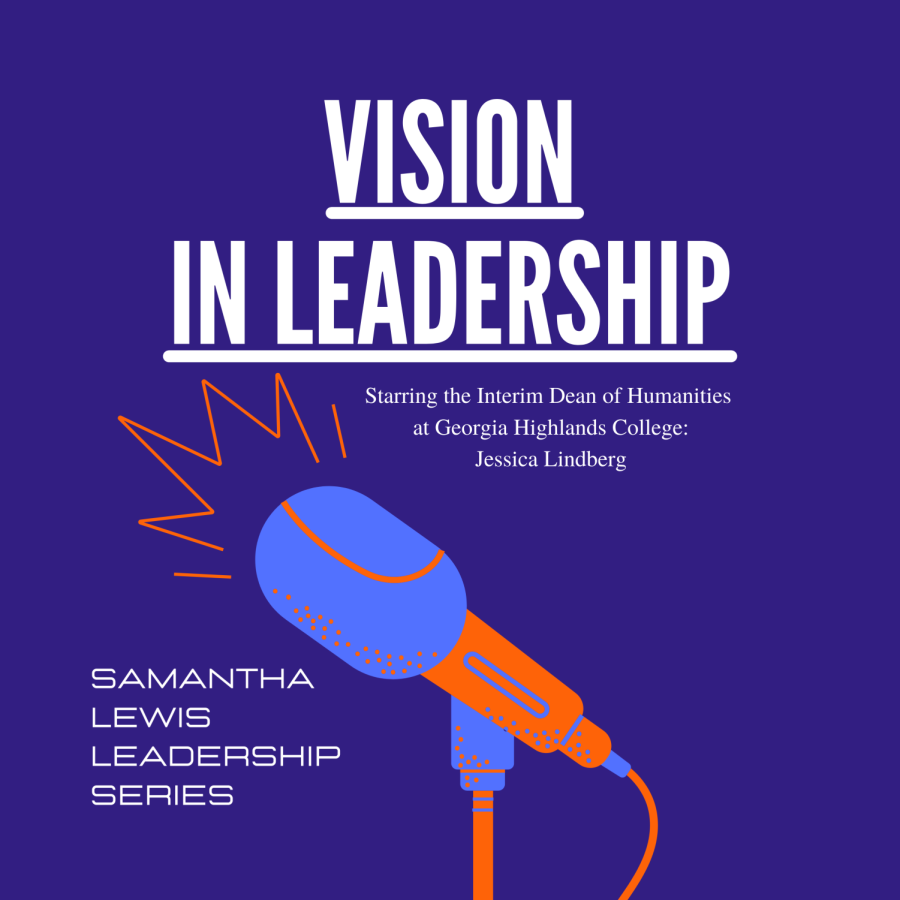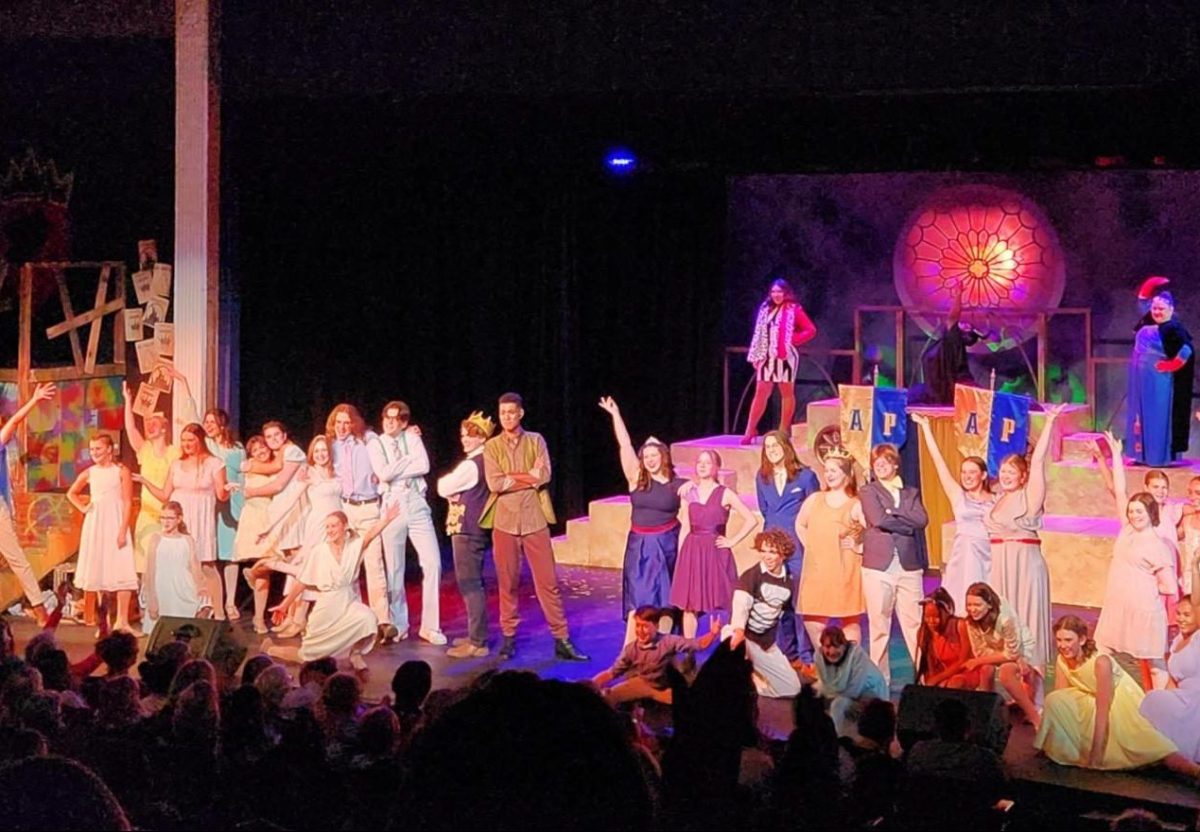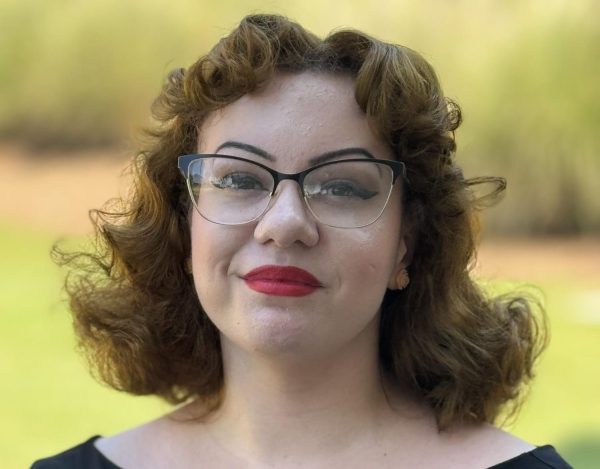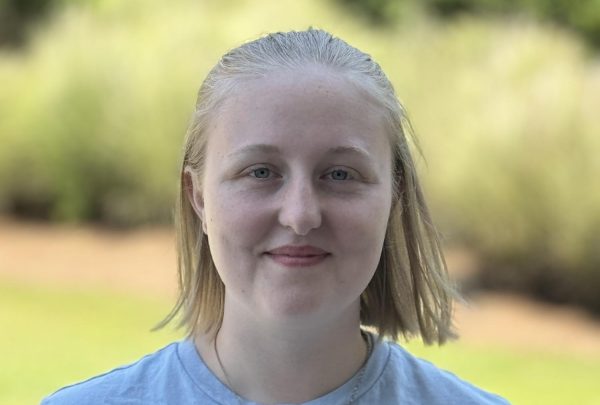A celebrated literary classic received a refreshing twist for the stage in the Pumphouse Players’ rendition of ‘A Midsummer Night’s Dream.’ Set in a mysterious Appalachian forest during an ambiguous, recent time, the play followed the plights of four lovers caught in the hijinks of mischievous fairies.
The dark, ominous wood served as a backdrop to the characters’ adventures and misadventures, all entrenched in love’s fickle and frolicsome nature. By the story’s conclusion, the audience was swept into the play’s spell of revelry, heartache and ultimate joy.

Actress Jess Harrison in costume as the fairy Moth.
The production made many interesting changes to update this outstanding tale by legendary poet and playwright William Shakespeare. The biggest change came in the setting and the language, as the original Elizabethan English now embraced the dialect of the Appalachian region.
“Since the 1800s, there have been scholars who have tried to tie the Appalachian dialect to Shakespearean English,” GHC professor Kristyn Montgomery said, who has been directing for 22 years in the Bartow County theater scene. “The goal for doing something Appalachian and mixing the folklore of it all came before the show itself. They just perfectly worked together.”
For many actors, this was their first time performing Shakespeare’s work, sparking an interest in further study. Many said they explored Shakespeare’s body of work and analyzed their lines in modern English to truly understand and articulate the meaning of such distant language for today’s audience.
For some, the original Shakespearean-turned-Appalachian language proved an impelling challenge. “It’s physical. It was finding what parts I could act out for the audience just in case they didn’t know the language,” Starlynn Freeman said, cast as the impish troublemaker, Puck.
Others with prior experience in Shakespearean theater offered insight into the troupe’s interpretation.
“Modern comedy differs from Shakespearean comedy in many ways. We’ve taken it to a more modern comedy level,” Michael Verner, who played the wily Fairy King Oberon, said.
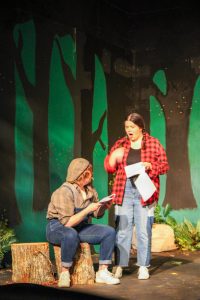
More of the cast of “A Midsummer Night’s Dream” on stage.
While comedic in its portrayal of the volatile ways of love, the play created an unsettling atmosphere with its dark, looming sets, ambient lighting and sound effects.
“The vision was to create this idea that you can’t trust what you see, that there are things lurking in the shadows, things that have mischievous intent, so that, to the audience, it blurs the line between reality and fiction,” Montgomery said of the Appalachian angle. “The idea is for the audience to feel like they’re being watched the whole time.”
At the same time, the show offered a sense of familiarity with its accent within the Elizabethan language, drawing influence from local culture.
“I grew up in the South, so a lot of the accent inspiration comes from family,” Laura Brown, in the role of Robin Starveling, said.
This influence also appeared in the costuming, reminiscent of attending church on Sunday morning, and the accompanying music, which featured fiddles and banjos.


